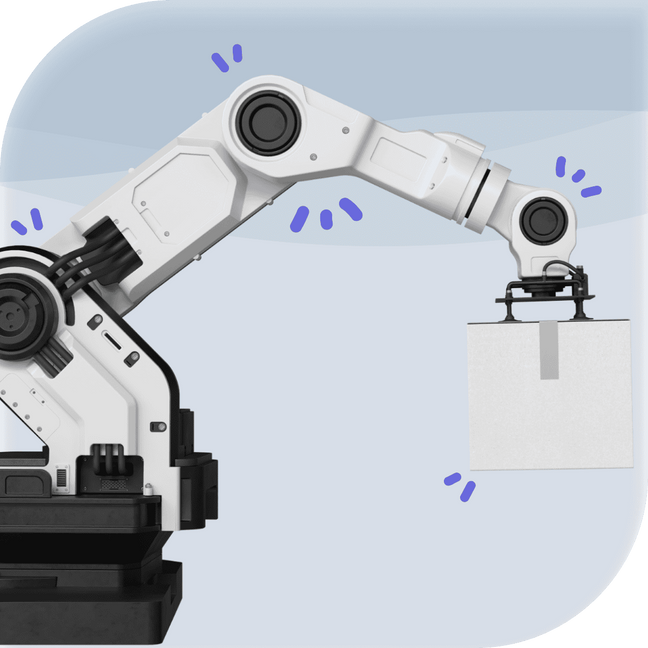Robotic Process Automation (RPA)
Written by
Tiffany ClarkAbout the Author
Tiffany is an experienced workforce development expert with extensive experience in the public sector, course development, and online learning.
Reviewed by
VidCruiter Editorial TeamAbout the Reviewer
The VidCruiter Editorial Team offers practical recruitment advice, drawing on insights from seasoned professionals. Our award-winning content, supported by industry specialists, underscores VidCruiter's dedication to innovation in recruitment.
Last Modified
Apr 17, 2024
Robotic Process Automation (RPA) is business process automation that enables anyone to instruct a robot or “bot,” to perform specific tasks. RPA can replicate most interactions between humans and computers, allowing bots to perform many error-free tasks at high speed and volume.
Ultimately, RPA aims to automate the most repetitive or mundane computer-based processes and tasks in the workplace. There are four basic criteria used to determine whether or not RPA is a good fit for a task or process:
-
The process must be rule-based.
-
The process requires defined inputs and outputs.
-
The process has a pre-defined trigger or be repeatable at regular intervals.
-
The task must involve sufficient volume.
Unlike many other applications of artificial intelligence in human resources, robotic process automation is widely accepted. RPA allows an organization to re-claim team time when used to automate some mundane hiring processes. Also, RPA can be beneficial because it frees up HR staff to perform more meaningful work that requires human insight, such as conducting interviews, assessments, and engaging with candidates.
Examples of Robotic Process Automation
Compliance: RPA can be set up to monitor compliance processes in real-time and send alerts in case of deviations or potential breaches. This allows organizations to address issues promptly, reducing the risk of non-compliance penalties.
Employee onboarding: RPA can execute predefined workflows and initiate specific tasks such as setting up IT accounts or enrolling new employees in benefit programs.
Record keeping and reporting: RPA is useful for managing time and attendance processes such as time-off requests and employee records updating. Additionally, an RPA is excellent for processing payroll and conducting employee offboarding. These tasks might include revoking an employee’s access to company systems, processing final payments, and preparing and distributing the required documents.
Related Terms
Bots
is a shortened term for “robot.” Bots are software applications used for performing automated tasks.
Workflow Automation
is a series of tasks that are part of a larger workflow or process and set in motion with reduced manual inputs.
Task Automation
is the automation process for mundane or repetitive individual tasks.
Process Mining
uses software to analyze and map out the steps involved to show every step in a process.
Cognitive Automation
combines RPA with artificial intelligence (AI) to automate tasks that require human-like decision-making and understanding.
UI Automation
automates interactions with the user interface of computer programs.